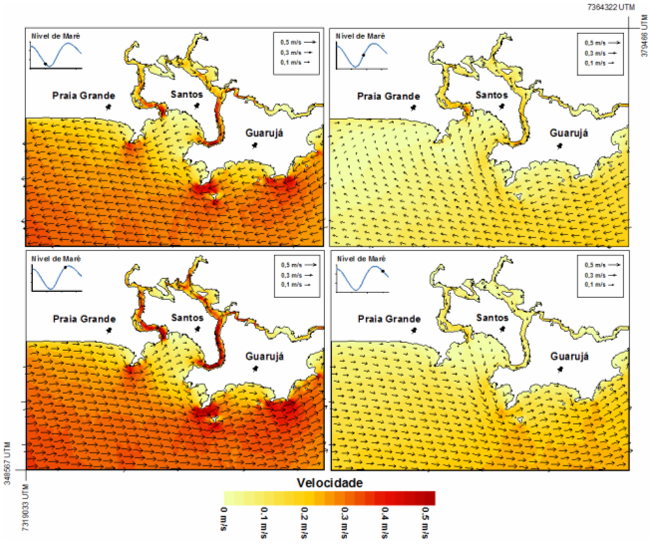Chemical characterization of groundwater in the area occupied by the cemetery: use of fluorescence spectrometry X-ray energy dispersive (EDXRF)
Keywords:
leachate, monitoring wells, constituents
Abstract
Generally, the burial of human corpses can contribute to groundwater pollution by the contact of leachate generated from the decomposition of bodies in the unsaturated zone of the subsoil. This process has been investigated in this work that aimed to determine the overall quality of groundwater in the zone occupied by the cemetery. The fluorescence spectrometry X-ray Energy Dispersive (EDXRF) technique was used for groundwater chemical characterization. Five monitoring wells were constructed according to Brazilian norms. The water level fluctuation, the potentiometric surface and the concentrations of the elements calcium, copper, iron, phosphorus and silicon were estimated. The water level appeared quite shallow, ranging between 0.48 to 0.95 m in the dry season. The concentrations range for calcium varied from 4.65 to 17.85 mg L-1, for copper 0.02 ± 0.29 mg L-1, iron 0.57 to 15.96 mg L-1, phosphorus 12.00 to 13.98 mg L-1, and silicon 35.55 to 79.12 mg L-1. It is concluded that the use of EDXRF techniques proved to be rapid and efficient for monitoring the constituents in the groundwater collected in wells under the influence of graveyard in silt-clay soil.
Published
26/12/2012
Issue
Section
Papers
Authors maintain the copyrights for their work. However, they grant rights of first publication to Ambiente e Agua - An Interdisciplinary Journal of Applied Science. In compensation, the journal can transfer the copyrights, allowing non-commercial use of the article including the right of sending the article to other data bases or publication media. The journal uses the CC BY 4.0 license"






